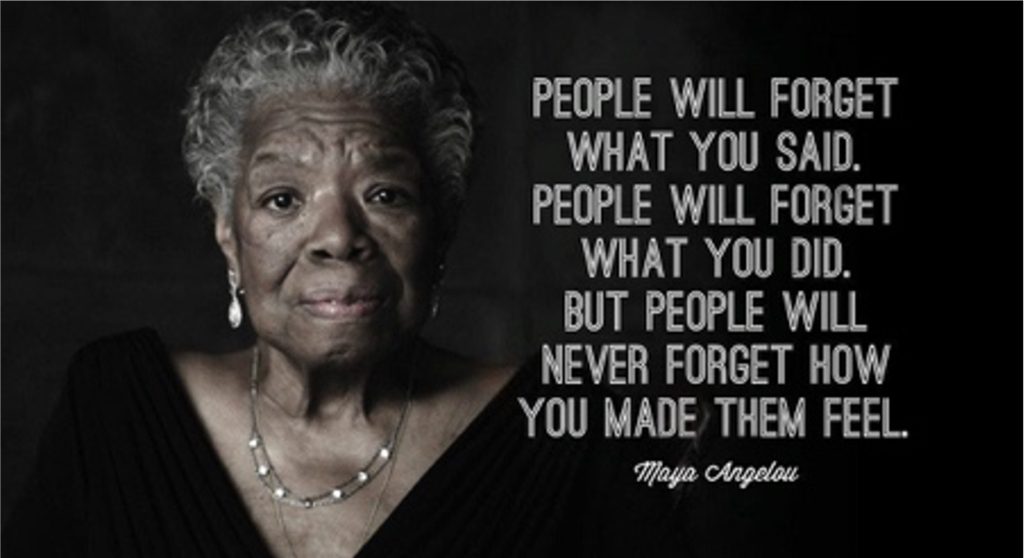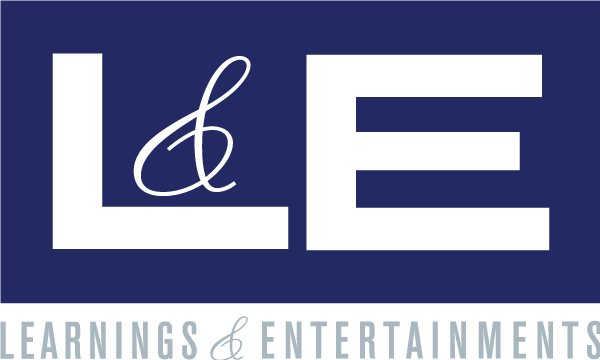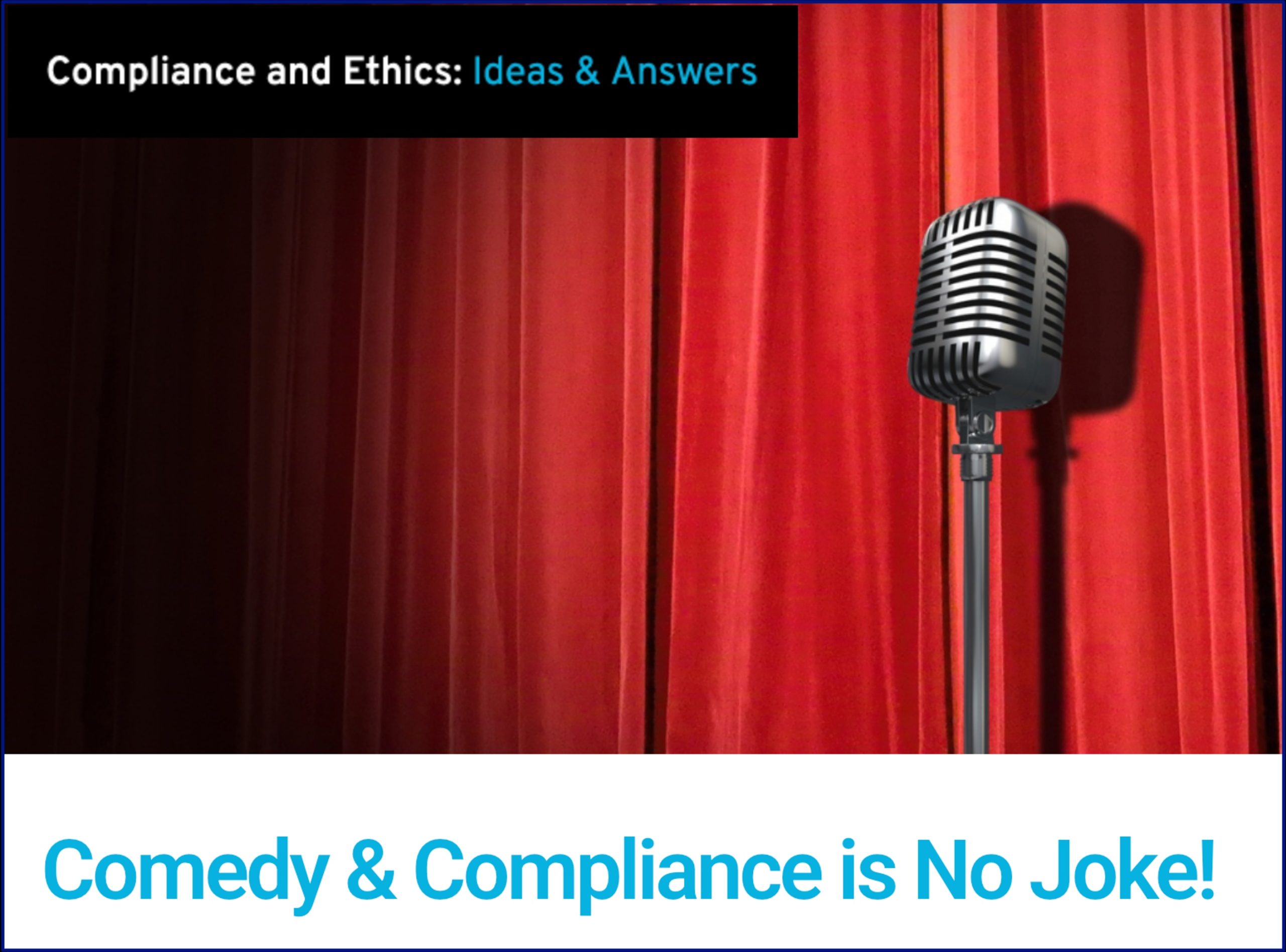Comedy & Compliance Is No Joke!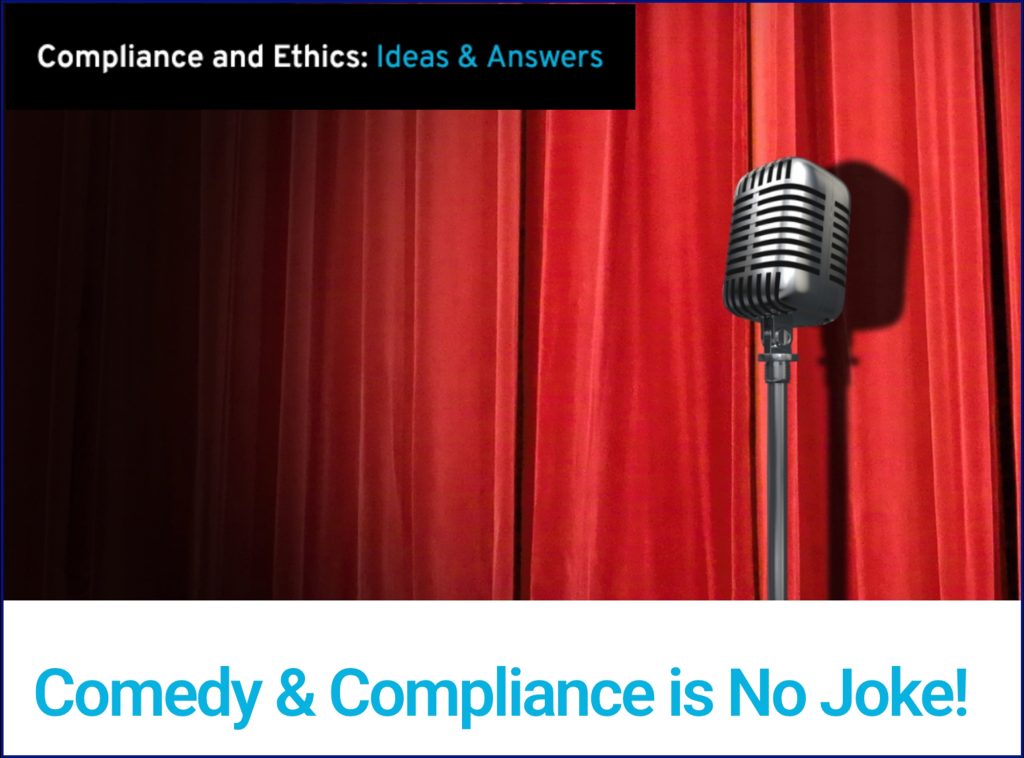 This Article was Featured on
This Article was Featured on
The Compliance & Ethics: Ideas & Answers Blog
You Can Read The Article in its Original Format Here
“Knock-Knock!”
“Whose there?”
“Ethics & Compliance”
😳 😟
“Uhh…hello?”
🏃🏻🏃🏽♀️🏃🏼♂️
Here’s a hard truth. Ethics & compliance has a reputation problem. You’re trying to provide a helpful, supportive resource and they think you’re the corporate cops, the Ruley-McRules-alot finger-waggers, the office of “No!” There is a huge disconnect between your function and how you are perceived. This is problematic because they’re tuning you out. Or worse, they are paying attention and actively avoiding you. People do not speak up to ask questions and report concerns when they are bored, annoyed or afraid.
“Employees don’t go to the Office of No”
Boring Doesn’t Work
This reputation has unfortunately been earned through a long history of long, bloated, boring, legalese-filled training that has little regard for actual learning. It’s an open-secret that employees will be multitasking – doing laundry, checking emails, making a sandwich – while the training goes on in the background. They’ll call a buddy to get the answer to the question to pass the knowledge check. We focus so much on tracking and measurement that we find ourselves tracking and measuring things that don’t actually address the problem, i.e. impacting behavior. In fact, this approach exacerbates the problem. Employees feel like you are just pushing liability onto them. This approach seeds the idea that it isn’t important and that you don’t care.
That boring, preachy training has a cost.
- It takes up too much of employees’ time.
- It takes up too much of E&C’s time – chasing down all those 100% completion rates with a “finish or else” vibe.
- It makes E&C’s job harder because they won’t see you as the positive, supportive resource that you are. It undermines trust.
People Forget Stuff
Let’s say that your training is actually pretty good. Unfortunately, that’s still not enough because it tends to be infrequent, which makes it difficult to affect behavior. You might even offer an opt out, which also is problematic. The “Forgetting Curve” tells us that 87% of corporate learning is lost within the first month. Advertisers use the term “Effective Frequency” saying that people need to see something multiple times before they internalize the information. It can also be challenging to get access to internal training and comms channels and even if you do, it can be quite difficult to stand out over the sea of information that is constantly washing over employees.
Other Influences
So we have a boring problem, a time problem, an access problem and an attention problem. In addition, we need to recognize that there are other dynamics at play. Remember, everyone thinks they have integrity, so they think your training doesn’t apply and they tune this information out. Speaking up also has a long, complex, social dynamic that makes it difficult for many people to do what they know is right. So it’s important to recognize that knowledge and understanding does not necessarily mean that people will act on that knowledge in the way we want them too. There are other forces at play which have more influence on behavior. And that is, the social environment and the leadership influence.
- Social Influence: People are highly influenced by their peers. (Soloman Asch Study) We need to find a way to get conformity and group think to work for us versus against us. We need enough people to trust the support system and to trust that there is a sense of organizational justice that when bad situations arise, the group will bend toward speaking up and asking for help. This requires a campaign approach where we are promoting psychological safety as often as possible. This campaign has to be constantly refreshed.
- Leadership Influence: People are highly influenced by leadership (Stanley Milgram Experiment). Good people will often do things that they would not otherwise normally do if their boss leads them in the wrong direction. We need to spend time getting leaders on board and getting them to carry these important messages forward on our behalf.
Are You Serious? 🎭
This is where we get to the fun part. Because even though we have a risk-averse community that embraces the seriousness of the issues and the seriousness of our role in helping to prevent unlawful, unethical behavior, we have to understand that our serious approach to training and communications isn’t helping. To be more effective, we need to wrap these serious, important issues in a more entertaining wrapper.
“There’s a difference between having a difficult conversation and a conversation about a difficult thing.”
VARIETY IS THE SPICE OF LIFE
There are lots of creative, effective formats and styles however, there is no one single way to engage a diverse, global, multicultural, multigenerational workforce. The most effective way to engage the most people over time is to try lots and lots of different things and to borrow from the creative ways we consume information in our everyday non-work lives. At the end of this article we’ve provided a variety of creative examples that wrap these important messages within a creative wrapper.
Increasing E&C’s Influence with entertaining training & comms
So, following the logic, short, entertaining, positive, proactive communications and nudge-learning can help us:
- Stand out and get noticed.
- Take up less time and resources.
- Increase the frequency of messaging, particularly around the support system
- Provide (psychological safety), but without creating message fatigue.
- Integrate and embed these messages into the fabric of the organization.
- Improve the stickiness of learning.
- Engage and involve leaders.
- Get leaders to carry these important messages forward on our behalf.
Comedy & Compliance is Helpful
While it may seem counter-intuitive, using techniques like comedy, music, drama, storytelling, games, contests, talk shows, game shows, commercials, podcasts, memes and other creative approaches actually solves a lot of these problems.
- They are familiar. It’s how we consume information in our every-day non-work lives.
- They stand out to help you rise above the noise. It gets people to pay attention and listen to the important things you need to say.
- They create a halo effect. People like hanging around people that they like. It makes you and your team much more approachable.
- They make emotional connections, which helps with recall.
- They help you get access to more communication channels and allows you to increase your repetition so you can increase exposure.
- They help you get others involved in carrying these messages forward. Leaders and ethics ambassadors are more likely to embed and spread these messages to their teams if it makes them look good.
“You may have a conservative company, but your conservative approach to training and communications isn’t helping.”
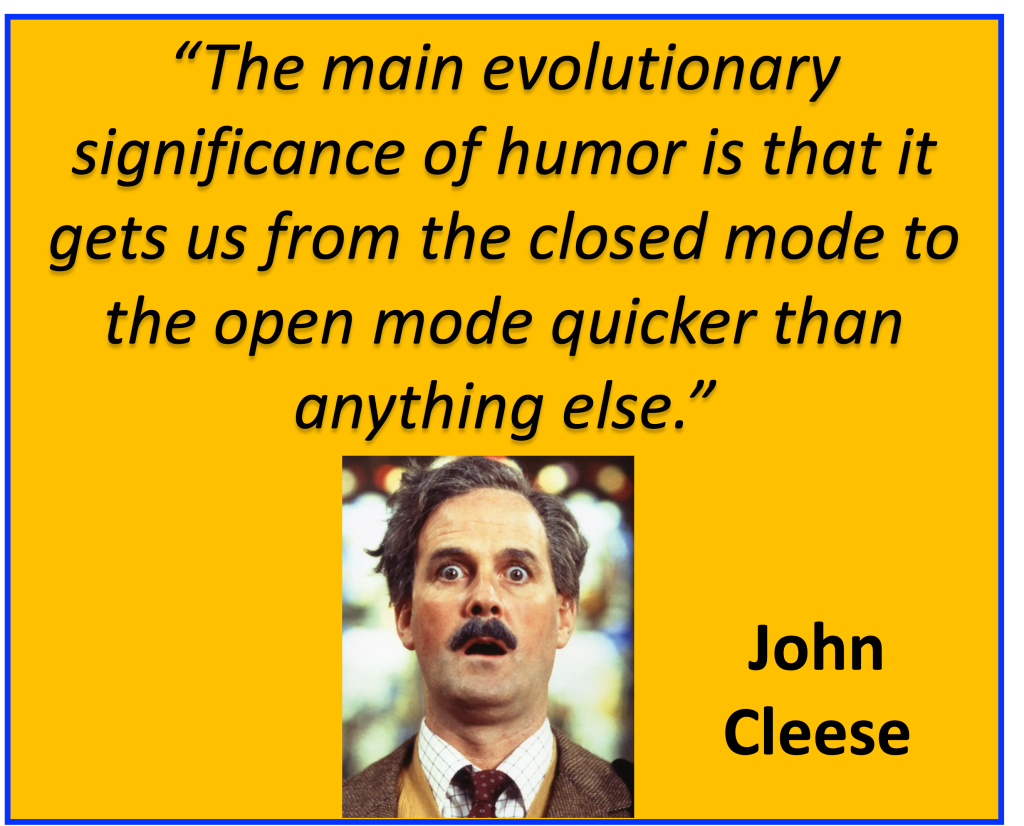
Positivity & Prevention * Influence & Impact
Let’s remember that the goal is to prevent problems. The regulators have emphasized the importance of communication and effectiveness. So let’s reorient our programs around positivity and prevention. Let’s spend our time and resources on activities that actually impact behavior and then let’s measure those things. A regular drumbeat of short, entertaining, snackable, trackable communications and nudge-learning is a more efficient and effective solution for mitigating risk. Tap into the power of fun to increase your influence and impact. The Ha-ha’s will lead to more Ah-has!
